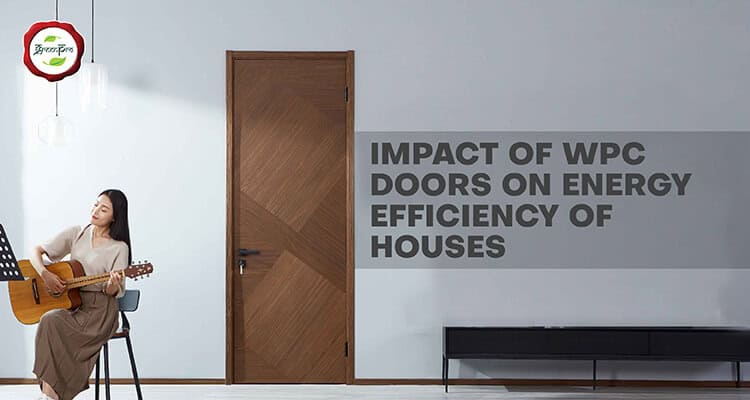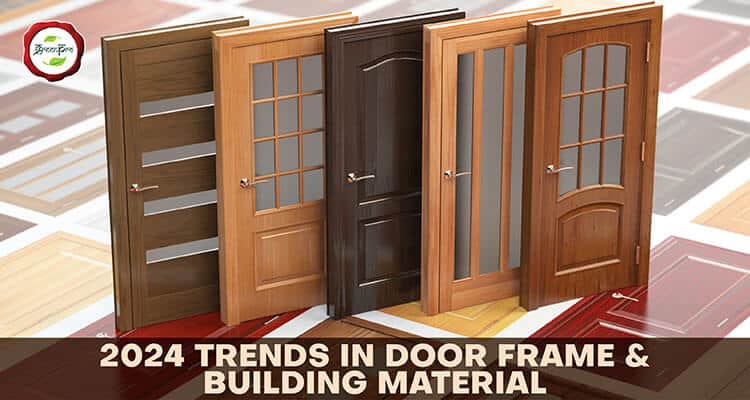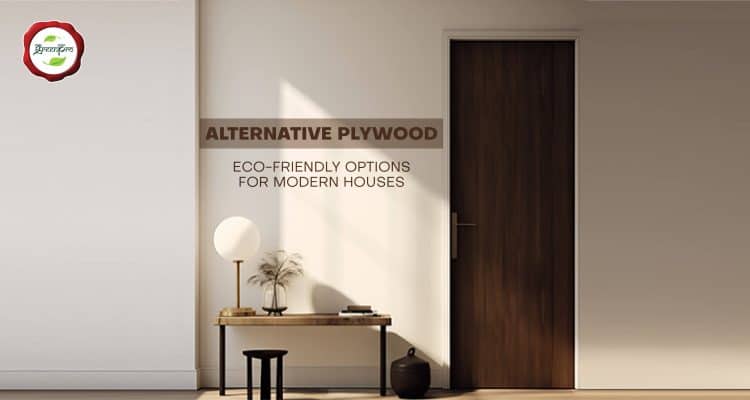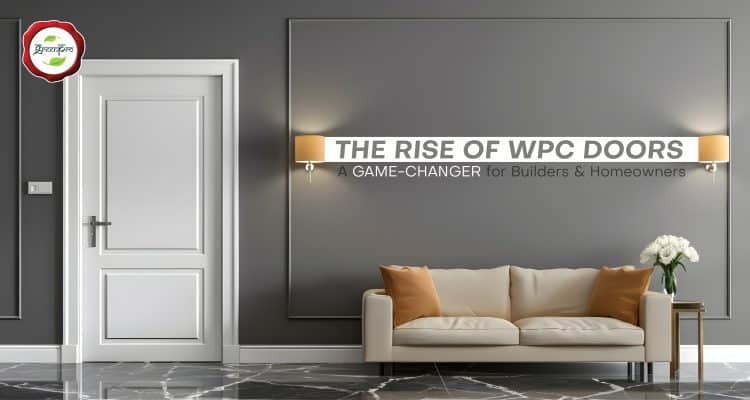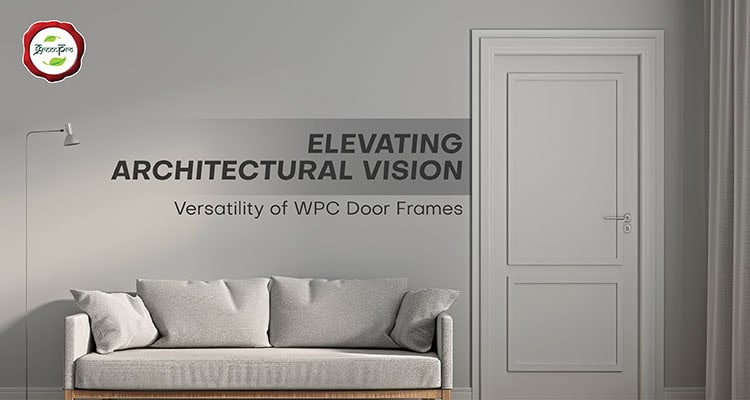Given the use of much energy in households, everything about house construction and renovation is being analyzed to see whether or not it may be used in the optimization of efficiency. Perhaps the most ignored but very crucial aspects are the simple doors. Enter Wood Plastic Composite (WPC) doors – the revolutionary product changing the game in home energy efficiency. Here’s a comprehensive guide on how WPC doors are bringing a change in the lives of homes across the world by cutting down their energy consumption.
Attributes of WPC-
Natural look and feel of wood
Durability and water resistance of plastic
Stability with low maintenance
WPC in Home Construction
WPC, from doors, frames, and other building parts, has emerged as the most popular product over the past decade. Its total rise for such usage can be attributed to several reasons that are discussed below:
- Sustainability
- Durability
- Versatility
- Maintenance
Energy Efficiency Challenge in Homes
The Energy Consumption Scenario in Homes
Before we find out how WPC doors contribute to saving energy in homes, some background needs to be set by looking into the bigger picture of energy consumption in homes.
The Energy Use Scenario
According to the estimates of the US Energy Information Administration, residential buildings are among the biggest consumers of the total U.S. energy produced. Most of that energy goes to heating and cooling; therefore, logically, thermal regulation is an important component of home energy efficiency.
Common Energy Leak Points of Houses
Energy leakages in houses most frequently happen at the following points:
- Windows and doors-25% heat loss
- Walls and ceilings
- Floors
- Ventilation systems
Since doors have become a renowned point of energy loss, therefore enhancement of efficiency will have a tremendous impact on overall home energy consumption.
How WPC Doors Improve the Energy Efficiency
Let’s now discuss in detail how WPC doors contribute to increased energy efficiency in homes:
Better Thermal Insulation Performance
WPC doors offer better thermal insulation performance, far superior than simple wooden and metal doors.
Low Thermal Conductivity: The composite nature of WPC provides a material which has lower conductivity than solid wood or metal.
Consistent Insulation: Wood, over the lifetime, may have gaps or even warp. WPC door maintains its shape and provides constant insulation.
Reduced Thermal Bridging
Thermal bridging is a condition wherein heat has a path of least resistance through a material. This may lead to energy loss. WPC door minimizes this phenomenon
– Homogeneous Composition: The homogenous composition of WPC reduces the likelihood of thermal bridges forming within the door framework.
– Engineered Design: WPC doors can be engineered with internal chambers or foam insulation, which further enhances thermal resistance.
Sealing
This is one of the big advantages of WPC doors, so it allows for a better seal because its stability in dimensions.
– Consistent Fit: WPC doors do not shrink or swell with temperature or humidity, thereby insulating snugly all year round
– Reduced Air Leakage: That fits translates to reduced air leakage from doors in a home-a leading source of energy loss.
Durable and Long-Lasting Performance
The long-term energy efficiency of a home is not only about its immediate performance but also the way it will keep up that performance over time:
– Resistance to Weathering: WPC doors resist weathering impacts which, over time can degrade the energy efficiency of traditional doors.
– Low Maintenance: Because WPC doors are maintenance low, they are less likely to develop issues which could affect their energy performance.
Engineering for Climate
WPC doors can be engineered to meet particular needs of a climate:
– Customizable Material Mix: The wood to plastic ratio may be tailored to ensure optimal performance under the prevailing climate
– Application-Specific Coatings: WPC doors can be treated with specific coatings that enhance their thermal performance, for example heat reflecting finish is applicable in tropical regions.
Measuring Energy Savings
It is evident from the theoretical advantages that could be garnered from WPC doors, how would this benefit practically translate for the consumer?
Estimates of Energy Savings
The energy savings could go as high as 15% for heating and cooling expenses, depending on the type of door used, based on some studies.
Long-term financial benefits
Indeed, WPC doors cost more than the traditional types but the advantage in the long run could be greater compared with the cost difference:
Energy Costs Savings: Sotically, energy savings over the life span of the door could offset a higher investment.
Some benefits resulting from WPC maintenance include:
– Less Maintenance Costs: WPC does not lose its strength for lifetime; therefore, more opportunity for fewer repairs and replacements.
– Potential Appreciation: Energy-wise features such as WPC doors add more value to your home’s market.
Clearly, the WPC doors present a high influence and significant power in terms of how they are working towards enhanced energy efficiency in houses. These products address one of the key points where energy is lost in homes with a practical and effective way by which house homeowners can limit their energy consumption and carbon footprint.
Products like WPC doors bridge the gap between the comfort offered by modern living and the responsibility of conserving the environment. In fact, for Pathframe, a company specializing in WPC door frames, it’s not just a business opportunity; it’s also a chance to meaningfully contribute to the conservation of global energy.
WPC doors should be considered with seriousness by homeowners, builders, and renovators in meeting their energy efficiency strategy. The benefits stretch from saving energy costs up to comfort within the home to added value on property and make it a smart move for any individual creating that sustainable and efficient living space.
